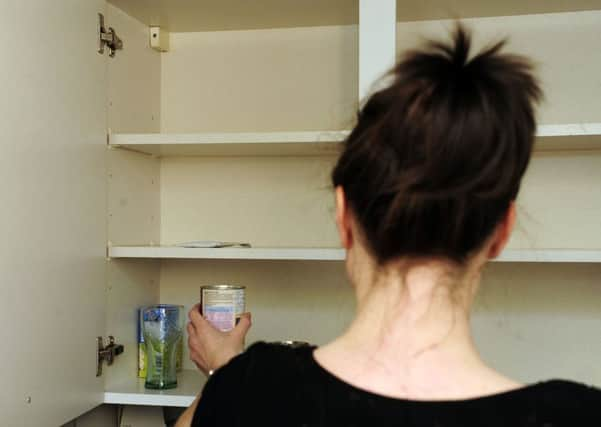Methil West in top 10 Scottish '˜food' deserts


The study, by the Social Market Foundation and Kellogg’s, put Methil West sixth in Scotland – one of just two locations in the top ten outside of Glasgow.
A deprived ‘food desert’ is an area containing two or fewer supermarkets/convenience stores, which is also in the most deprived 25 per cent of areas according to the Index of Multiple Deprivation.
Advertisement
Hide AdAdvertisement
Hide AdAn area, which has between three and seven supermarkets/convenience stores, is classed as ‘normal’.
The report investigated the reasons behind a poor diet, looking at three of the key reasons behind this – the cost of food, the regional variations in the cost of food, and the availability of healthy food.
Councillor Ryan Smart described the report as “extremely worrying”.
He added: “This is not news to us who work and live in these communities but highlights the continuing need for Fife Council to keep investing in this area.
Advertisement
Hide AdAdvertisement
Hide Ad“It is also another wake up call for both the Scottish and British governments to step up and do something to support local government in fighting the issue of food deserts.”
The study found that around 42 per cent of the areas in Scotland are classed as ‘food deserts’, and around 16 per cent of the population of Great Britain live in one.
The study states: “We stress that food deserts are very much a ‘local level’ problem rather than a nationwide or even town/city-wide problem.
“The localised nature of the issue of food deserts supports the case for local level, rather than nationwide, policy interventions to tackle the problem.
Advertisement
Hide AdAdvertisement
Hide Ad“This could include improving public transport in the area to make it easier for individuals to access food shops, food clubs such as school breakfast clubs and measures to improve the local level retail offer.”
The study used data which split Scotland into 1279 zones – each containing around 2500-6000 people.